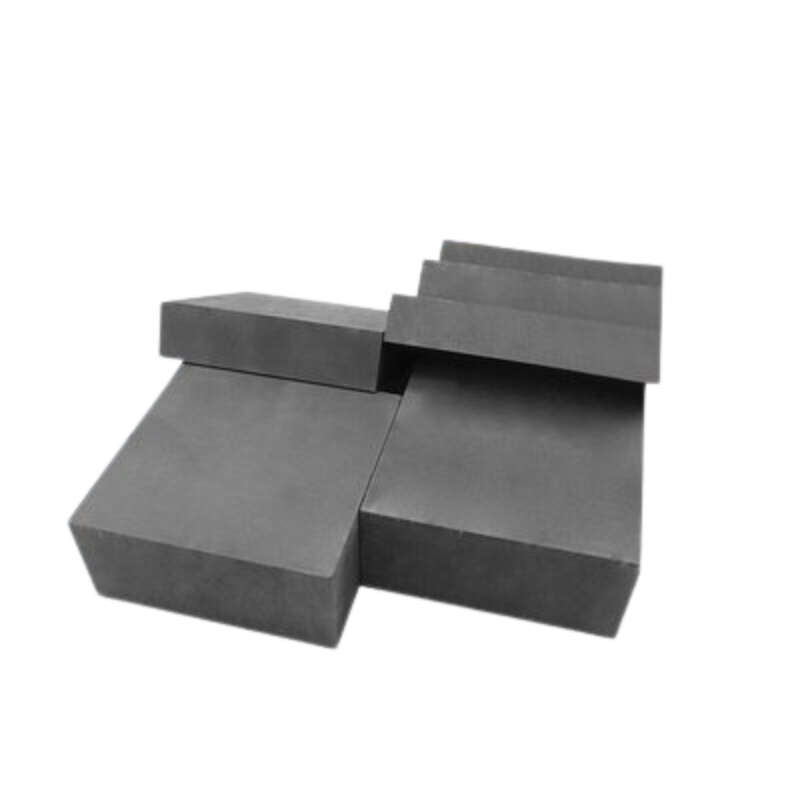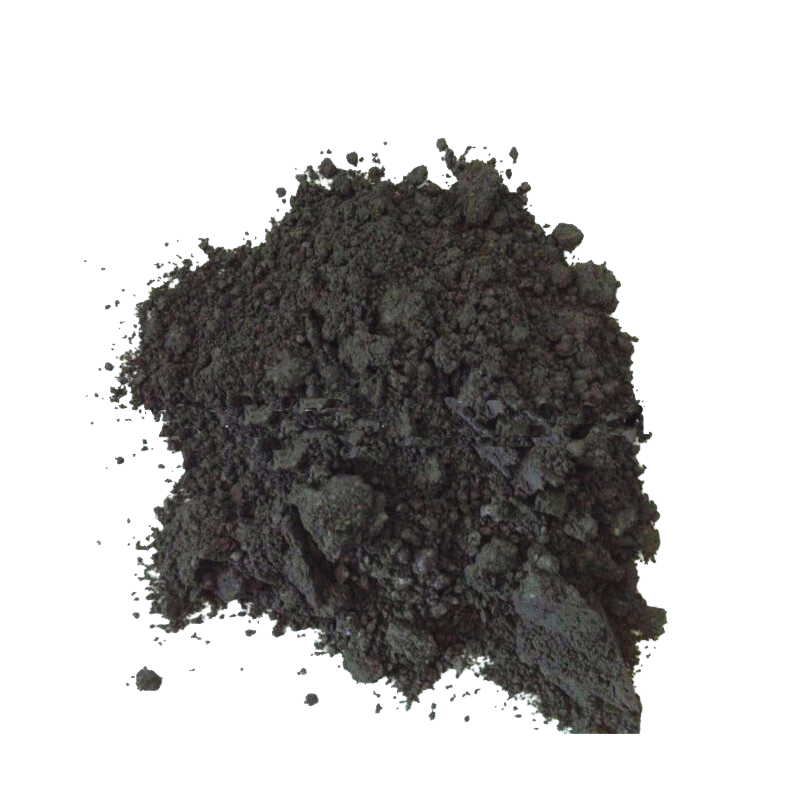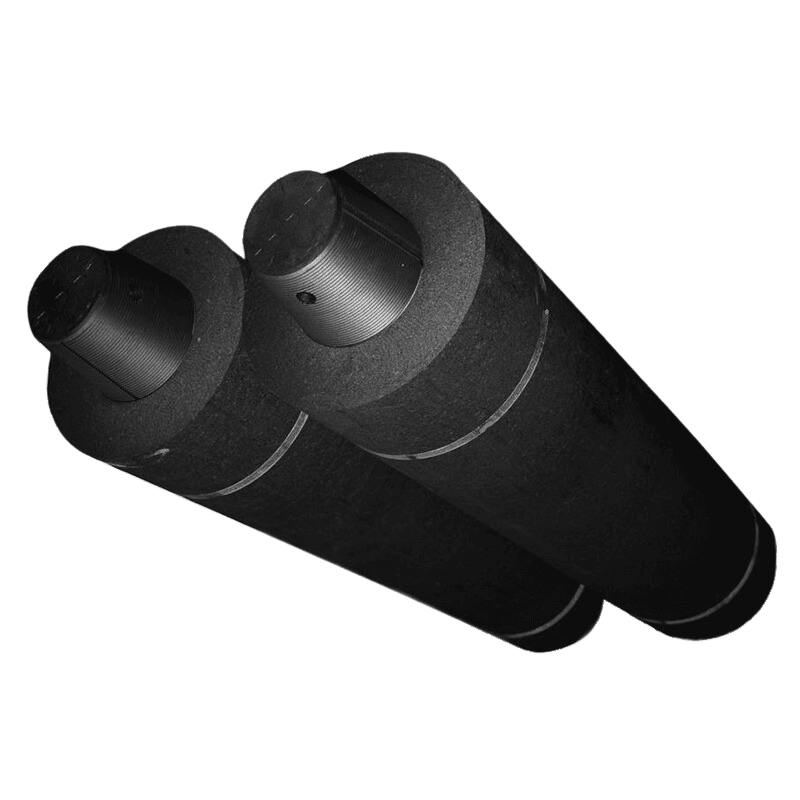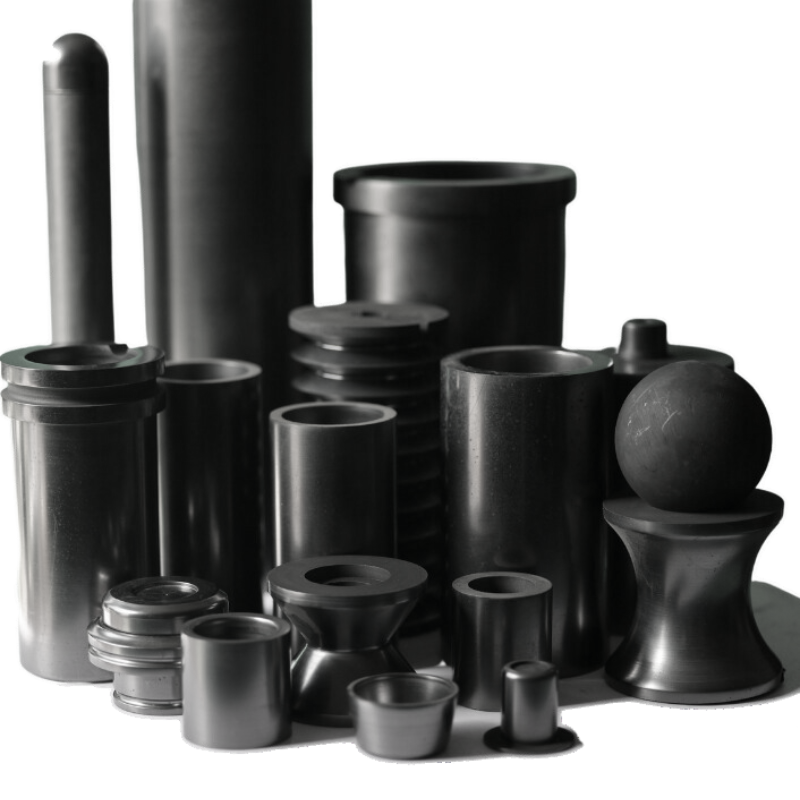The production method for this composite material involves directly mixing graphite crucibles with metal uniformly, followed by pressing and forming, resulting in the composite material. There are two mixing methods: one involves directly adding metal powder to the graphite crucible, and the other involves coating the graphite crucible with a metal film using hot metal vapor.
Direct Metal Powder Mixing Method and Spraying Method
The direct mixing method is a dry mixing technique. Metal powder is directly added to the graphite crucible, mechanically stirred to mix, and then pressed into shape. The forming method and process are relatively simple. The resulting material has good performance, with improvements in mechanical strength, thermal shock resistance, and corrosion resistance.
For example, using aluminum powder added to the graphite crucible to create a composite material results in a dense structure with minimal residual air, preventing surface peeling and layering. Its heat resistance is excellent. Aluminum is the best metal component for composites. The amount of aluminum powder added accounts for only 2 to 10% (by weight) of the graphite powder. Due to the affinity between aluminum powder and the graphite crucible being greater than that between aluminum powder particles, aluminum powder acts as a binder in the material.
The spraying method is an improvement over the direct mixing method. After mixing the graphite crucible or the graphite crucible with an inorganic binder, a metal dispersion is sprayed onto it, followed by pressing into shape. This mixing method ensures a more uniform mixture of metal powder and graphite powder, resulting in a composite material with better performance. The production process is also relatively simple.





